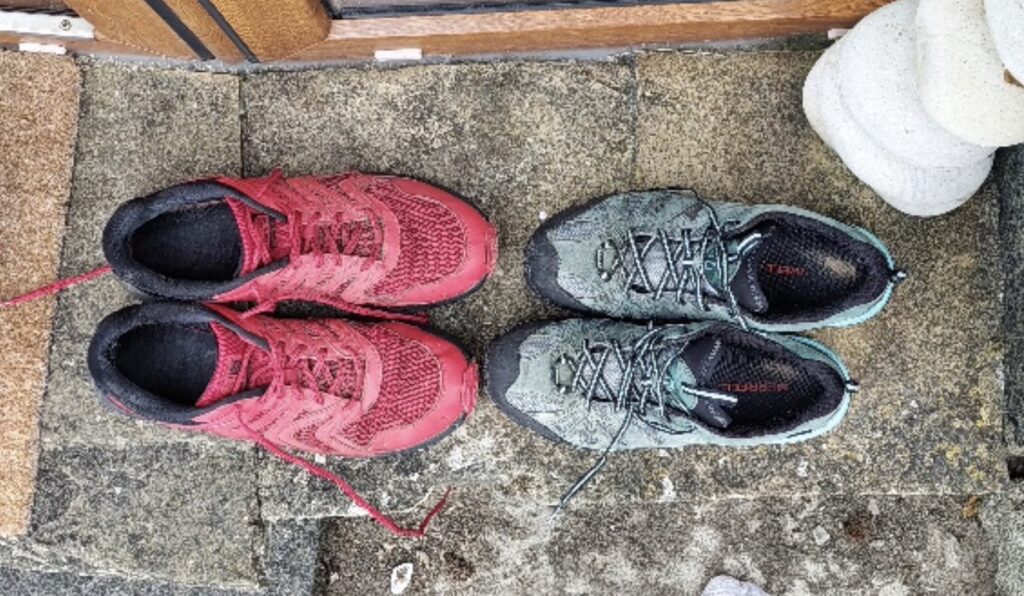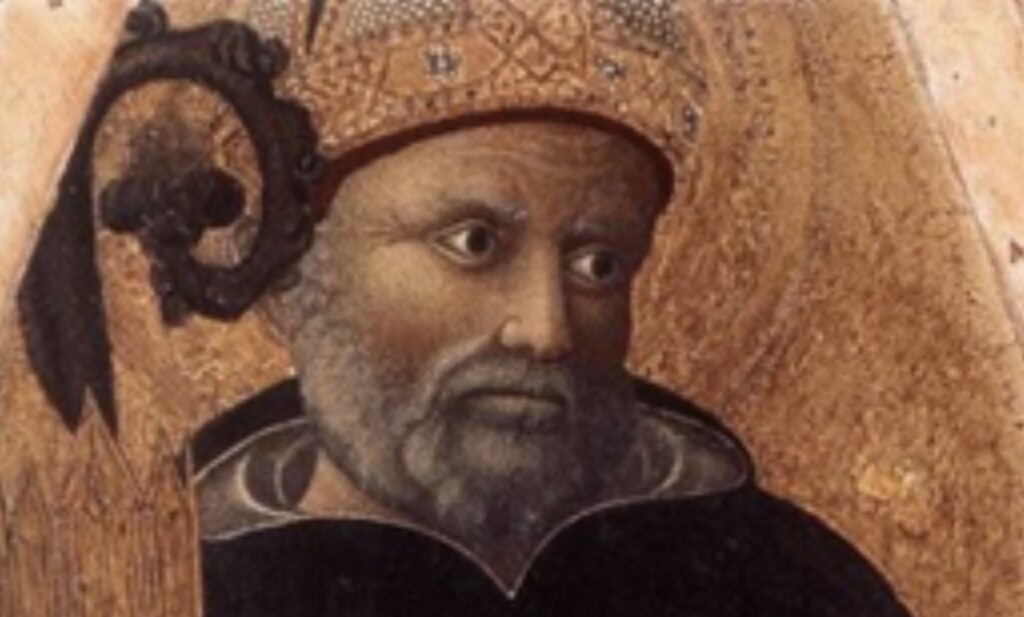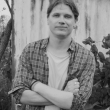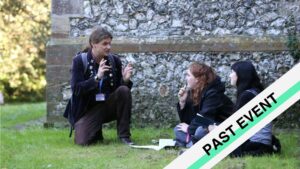See also
Footnotes: Walking and Writing Workshop (Urban) – With Craig Jordan-Baker
Just Passing By?: Writing, Walking and ‘Sense of Place’
By Craig Jordan-Baker
Wandering and Wondering
I’m a wanderer and wonderer. My second book, If the River is Hidden is about a journey along Northern Ireland’s longest river, the Bann, and reflects my interest in landscape, maps and the drumbeat of feet against good ground. But wondering and wondering don’t require us to go very far. The African philosopher St. Augustine observed that some, ‘go abroad to admire the heights of mountains, the mighty billows of the sea, the broad tides of rivers, the compass of the ocean, and the circuits of the stars, and pass themselves by’. For me, this highlights two things that profoundly connect to writing about place.


The first is travel. Augustine notes we can wander and wonder broadly, but also wander and wonder at home: on our patch, in our communities, in ourselves. In fact, Augustine suspects that while gawping up at mountains, we might be missing something, something familiar but perhaps harder to grasp.
The second thing is attention. Today, ‘attention’ often sits beside the word ‘economy’. The ‘attentional economy’ describes the online battle to capture and monetise concentration. To make us pay attention, companies pay for attention. With many different demands on our attention (especially for scatty people like me), it becomes fragmented and we can lose the ability to sense and engage in ways beyond the momentary. In paying for tiny bits of our attention, companies disrupt our ability to pay attention.
Some might say we all now need constant stimulation, but that’s not it. It has more to do with being impatient with the stimulation we’ve got. It’s about how stimulation seems to offer us a jingle rather than a symphony, a flash rather than a vista. If this is how we value attention, it’s no surprise we might be on to the next thing faster than…than…
Sorry, what was I talking about?

Finding a Sense of Place
Yes, that’s right! Thank you, subheading. I wanted to make a point about how Augustine suggests we might travel less and attend more. When we do this, we can come to appreciate what psychogeographers call ‘genius loci’, or ‘sense of place’.

For example, I’m from Southampton, and as far as I could tell, there was nothing about Southampton that stood out: people, architecture, landscape, history, sod all. It was only after living away and writing my novel The Nacullians, that I started to see the city differently, to notice what was distinctive about it – in the way the city was lopsidedly separated by the river Itchen, the way it was on the coast but never felt coastal, the way Soton vowels spliced West Country and Estuary English (not ‘hells bells’, but ‘hows bows’). The Nacullians, made me focus on the city’s people, architecture, landscape, history and on my own conflicted relationship to ‘home’. Through writing, through attending more to the familiar, I found Southampton’s genius loci.
That’s not to say I’m going to work with Southampton City Council on a bombastic ‘Visit Soton’ campaign (though I’m open to offers). It’s more that in giving attention to places we already think we know, that place can change for us.
Senses and Sensibilities
Writing place not only draws our attention to the breadth and boundaries of the city, but also to the city as a space of modest things, little details, smaller stories. We often think of the city in contrast with the ‘country’ or ‘nature’, but a crack in a wall or a paving stone can tell a story, green things bud and bloom in park, street, garden and path. But noticing has as much to do with sensibility as it does sense.
As Augustine suggests, in pursuit of the big thrills, we can pass ourselves by. We might see the crack in the wall or the paving stone as something twee or unimportant. But then, perhaps we find paying attention difficult, perhaps we only ever expect a jingle from the pathside plant or a patch of wildflowers.

Take this picture of a wall, for example. Now, you might think I’m doing a version of watching paint dry (which is not boring at all). But attention tells a story. Look at the cracks: they are at angles of roughly 90 degrees, suggesting the outline of the bricks or blocks beneath the rough grey render. The mortar has been dislodged, either through water action or tension in the structure. Here, the hidden is pressing through: bones through skin, tracks through snow. As I watched, I noticed the cracks were robed in webbing. An ant passed by, antennae kneading the air. Then, a sprint from the crack, and – hardly bigger than the ant- a spider rear-attacks, dragging the contorting quarry into the crack.

And something else again. In this picture, we see a tiny tableau of plants: Hart’s Tongue (two leaves on the right), spleenwort (middle) and ivy (top left). I actively chose to stop and turn towards a hint of green I might otherwise have trundled past. I’ve some knowledge of plants and looking set a kind of jigsaw of word and image into motion. I felt the word ‘spleen’ slide over lips and tongue, felt the word ‘tongue’ trickle an image of a red deer into my mind.
Walk On
Yes and then, I walked on. I had somewhere to be, something to do. We’re all busy people, right? We can’t stop gazing in wonder at every scrap of wild camomile or wall barley the pavement throws up, can we? Of course we can’t, but these small pauses, these modest notings, help me to know that I haven’t passed myself by, yet.

Dr Craig Jordan-Baker is a writer and academic with an interest in walking, natural history and landscape. His first novel The Nacullians is focusses on the lives of three-generations of a working-class Anglo-Irish family. His second book If the River is Hidden is a non-fiction collaboration with Irish poet Cherry Smyth about their 2021 pilgrimage along the Bann, Northern Ireland’s longest river. Craig is currently a Senior Lecturer in Creative Writing at the University of Brighton and regularly runs writing and foraging walks for a variety of organisations.







